

— Blogs —
—Products—
 Consumer hotline +8618073152920
Consumer hotline +8618073152920 WhatsApp:+8615367865107
Address:Room 102, District D, Houhu Industrial Park, Yuelu District, Changsha City, Hunan Province, China
Product knowledge
Time:2024-11-20 14:08:29 Popularity:1504
Water level sensor is a kind of instrument that can convert the water level parameter of the measured point into the corresponding electric signal in real time, which is widely used in the fields of water conservancy, environmental protection, industrial control and automation, etc. The following is the classification of water level sensor and its working principle. The following is a detailed analysis of the classification and working principle of water level sensor.
- Working principle: the use of a float with the water level and move to detect changes in water level. The float is usually connected to a mechanical arm, which is connected to a switch or encoder. When the water level changes, the position of the float changes, which triggers the switch or changes the position of the encoder, thus sending signals.
- Application Scenario: Suitable for household water management, tank level monitoring, etc.
- Pressure water level sensor working principle: based on hydrostatic principle, that is, the pressure of a point underwater is proportional to the height of the water column above the point. This type of sensor is usually installed in the bottom of the water or the bottom of the container, through the measurement of pressure to calculate the water level.
- Application Scenario: Suitable for deep wells, marine monitoring, industrial water treatment systems, etc.
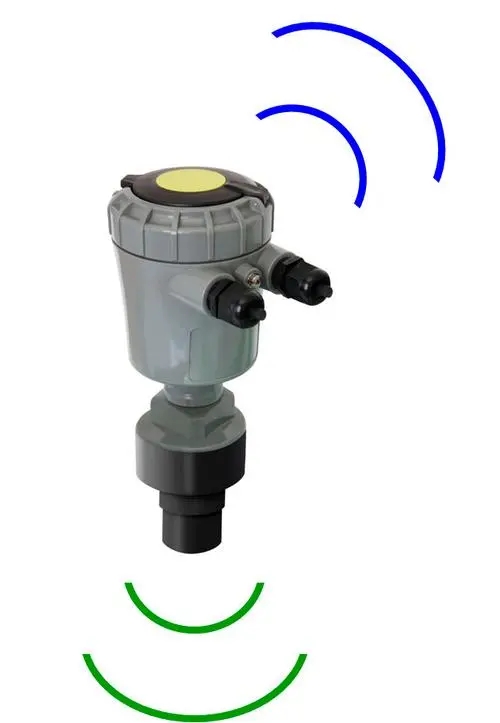
- Ultrasonic water level sensor working principle: the use of ultrasonic pulses from the transmission to the reception of the time difference to measure the water level. The sensor sends out ultrasonic pulses, when these pulses meet the water surface will be reflected back, the sensor receives the reflected wave, according to the time difference to calculate the distance, and then the water level.
- Non-contact measurement: Avoid corrosion, contamination or physical damage that may occur to the sensor due to long-term contact with water.
- High accuracy and stability: under ideal conditions, it can achieve high measurement accuracy, usually ± 0.2mm, suitable for occasions requiring precise control.
- Adaptable: able to work at night, in dark or poorly lit environments, and free from the interference of most environmental factors (e.g. dust, humidity).
- Wide range of applications: suitable for measuring high-temperature, toxic or volatile liquids, and for monitoring a wide range of level changes.
- Easy maintenance: reduced maintenance requirements and longer service life due to the absence of parts in direct contact with the liquid.
- Flexible installation: it can be installed on the top of the vessel without penetrating the vessel, reducing the complexity of installation and dependence on the vessel structure.
- Application Scenario: Suitable for rivers, lakes, reservoirs, industrial storage tanks, etc.
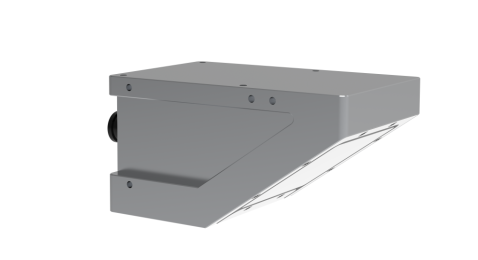
- Radar water level sensor working principle: similar to ultrasonic sensors, but using electromagnetic waves instead of sound waves. The radar sensor transmits microwave signals to the water surface, and then receives the signals reflected back, and determines the water level by calculating the time difference between the transmitted and received signals.
- High accuracy: suitable for occasions requiring extremely high accuracy.
- Non-contact measurement: avoids direct contact between the sensor and the liquid.
- Adaptation to harsh environments: suitable for extreme weather conditions and highly polluted environments.
- Application Scenarios: Suitable for rivers, lakes, reservoirs, industrial storage tanks, etc.
- Working principle: based on the principle of capacitance change, when the water level changes, the medium between the two conductive plates (air or water) changes, resulting in changes in electric capacity. By measuring this change in capacitance can be indirectly measured water level.
- Simple structure: easy to install and maintain.
- Adaptation to a variety of liquids: applicable to different dielectric constant of the liquid.
- Application scenarios: suitable for storage tanks, oil tanks, water treatment systems, etc.
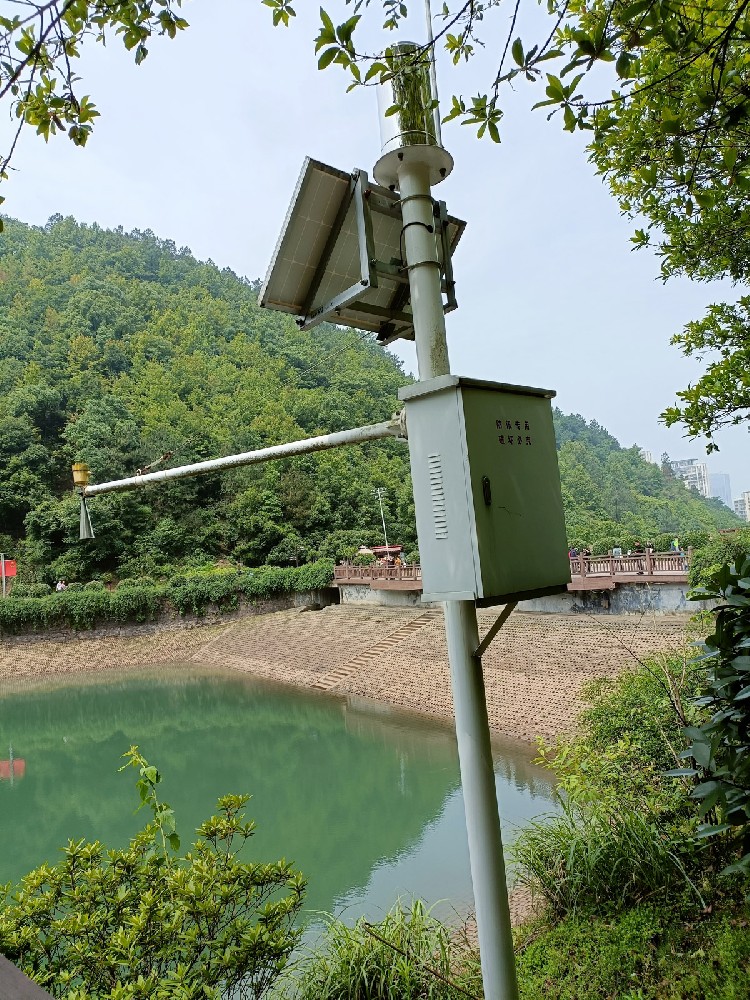
- Working principle: use light transmitter and receiver to detect the water level. When the water level reaches a specific height, the light will be blocked or refracted, and the receiver can not detect or can only receive a weakened light signal to determine the water level.
- Non-contact measurement: avoids direct contact between the sensor and the liquid.
- Fast response speed: suitable for occasions requiring fast response.
- Application Scenario: suitable for household water management, industrial liquid level monitoring, etc.
- Working principle: using the conductivity of water to measure the water level. When the water level rises, the resistance between the two electrodes decreases; conversely, it increases. The water level is determined by measuring the change in resistance.
- Low cost: suitable for occasions with low cost requirements.
- Simple structure: easy to install and maintain.
- Application Scenario: suitable for household water management, industrial liquid level monitoring, etc.
- Working principle: the use of magnetic float with the water level changes, and external magnetic switch or magnetostrictive material interaction, triggering a change in the electrical signal.
- High reliability: suitable for long time stable operation.
- Non-contact measurement: avoids direct contact between the sensor and the liquid.
- Application Scenario: Suitable for storage tanks, oil tanks, water treatment systems, etc.
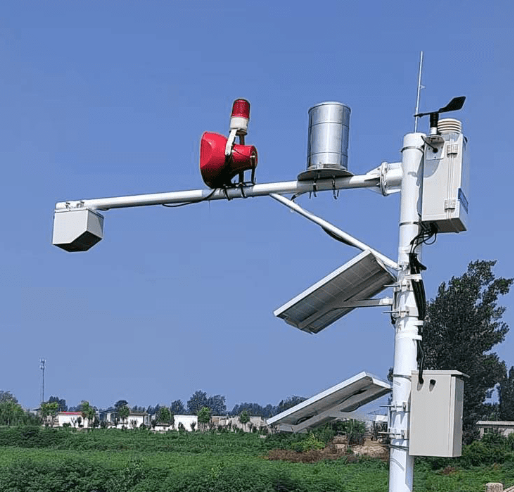
- Working Principle: Judge the water level by measuring the resistance change when the probe is in contact with the liquid, the conductivity of the liquid affects the resistance value, thus reflecting the water level.
- Low cost: suitable for low-cost requirements.
- Simple structure: easy to install and maintain.
- Application scenarios: suitable for household water management, industrial level monitoring, etc..
- Working principle: using electromagnetic induction or magnetic material position change in the magnetic field to detect the water level, suitable for specific industrial applications.
- High accuracy: suitable for occasions where high accuracy measurement is required.
- Non-contact measurement: avoids direct contact between the sensor and the liquid.
- Application Scenario: Suitable for industrial storage tanks, oil tanks, etc.
- Working Principle: Indirect measurement of water level by motor-driven probe or buoy with real-time feedback of position information.
- High precision: suitable for occasions requiring high precision measurement.
- Adaptable: applicable to a wide range of liquids and environmental conditions.
- Application Scenario: suitable for industrial storage tanks, oil tanks, etc.
Ultrasonic water level sensor has the following significant advantages over other types of water level sensors:
- Measure the distance by transmitting and receiving sound waves, without direct contact with the liquid, avoiding the problem of damage to the sensor due to long-term immersion, suitable for corrosive or dirty liquid measurement.
- Under ideal conditions, it can achieve high measurement accuracy, usually ±0.2mm, suitable for occasions requiring precise control. Its measurement is not affected by the physical properties of the liquid (such as color, transparency).
- Able to work in the night, dark or low light environment, and not subject to the interference of most environmental factors (such as dust, humidity), suitable for level monitoring in complex environments.
- Suitable for measuring high temperature, toxic or volatile liquids, and suitable for a wide range of level change monitoring.
- Since there are no parts in direct contact with the liquid, it reduces maintenance requirements and extends service life.
- It can be installed on top of the vessel without penetrating the vessel, reducing the complexity of installation and dependence on the vessel structure.

Water level sensors have a wide range of applications in several industries, including but not limited to:
- Used for tank level monitoring, reactor level control, etc., to help engineers achieve automatic control and optimization of processes.
- In rivers, lakes, reservoirs and other natural water bodies to monitor water level changes, provide flood warning and water level control information.
- Used for liquid level monitoring of sewage treatment tanks, sedimentation tanks and pools, etc., to guarantee the effect of water treatment.
- Used for water level monitoring in farmland irrigation systems to help farmers accurately manage water resources and improve the water utilization efficiency of crops.
- Such as ventilator tank level monitoring to ensure the comfort and safety of patient treatment.
- Such as water storage tank level monitoring, to ensure that the water supply and drainage of normal operation.
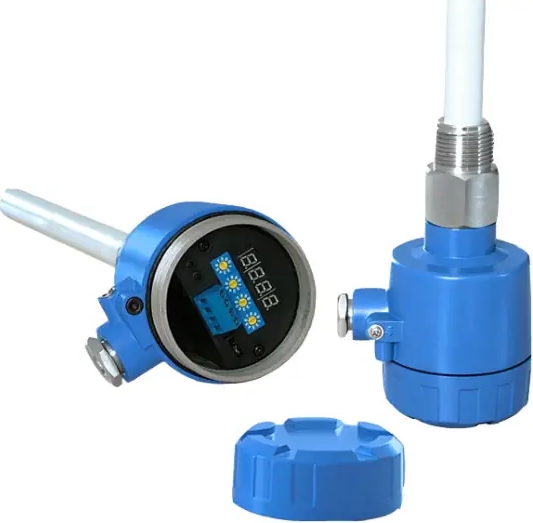
Choosing the right water level sensor requires consideration of the following factors:
1. Measuring range: according to the actual application of the water level changes in the range of selecting the appropriate sensor range.
2. Accuracy requirements: Select the appropriate sensor type according to the need for measurement accuracy.
3. environmental conditions: consider whether the sensor can work stably under specific environmental conditions, such as temperature, humidity, corrosion, etc..
4. Installation convenience: choose the sensor that is easy to install and maintain.
5. Cost-effectiveness: Select cost-effective sensors according to the budget.
Through comprehensive consideration of the above factors, you can ensure that the most suitable for the specific application requirements of the water level sensor, so as to achieve efficient and accurate water level monitoring and control.
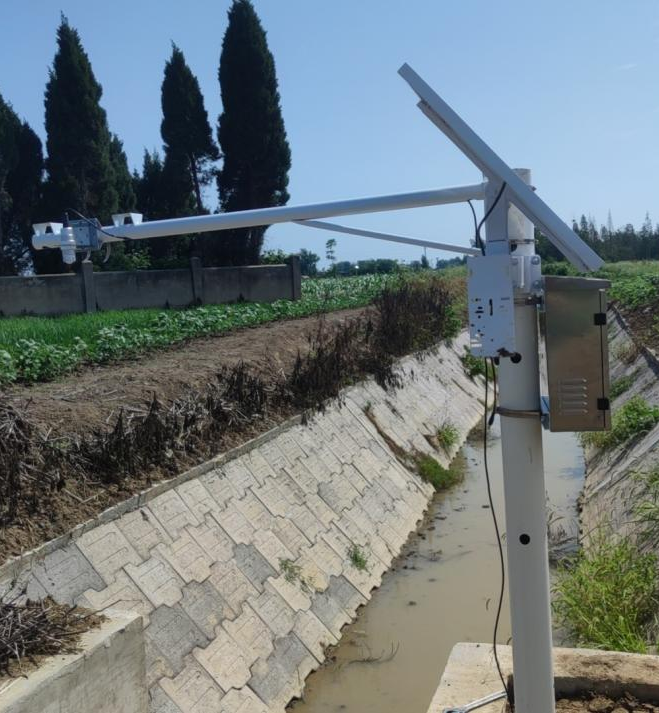
Summarize:
Water level sensors are adapted to different environments and needs through diverse operating principles, such as physical contact (float, impedance), non-contact measurement (ultrasonic, radar), and physical property changes (pressure, capacitance). They play an important role in automation, remote monitoring, and safety alerts, ensuring accuracy and safety in the control of everything from domestic water use to industrial processes. Choosing the right water level sensor requires consideration of factors such as measurement accuracy, environmental conditions, ease of installation, and cost-effectiveness.
Related recommendations
Sensors & Weather Stations Catalog
Agriculture Sensors and Weather Stations Catalog-NiuBoL.pdf
Weather Stations Catalog-NiuBoL.pdf
Related products
 Combined air temperature and relative humidity sensor
Combined air temperature and relative humidity sensor Soil Moisture Temperature sensor for irrigation
Soil Moisture Temperature sensor for irrigation Soil pH sensor RS485 soil Testing instrument soil ph meter for agriculture
Soil pH sensor RS485 soil Testing instrument soil ph meter for agriculture Wind Speed sensor Output Modbus/RS485/Analog/0-5V/4-20mA
Wind Speed sensor Output Modbus/RS485/Analog/0-5V/4-20mA Tipping bucket rain gauge for weather monitoring auto rainfall sensor RS485/Outdoor/stainless steel
Tipping bucket rain gauge for weather monitoring auto rainfall sensor RS485/Outdoor/stainless steel Pyranometer Solar Radiation Sensor 4-20mA/RS485
Pyranometer Solar Radiation Sensor 4-20mA/RS485
Screenshot, WhatsApp to identify the QR code
WhatsApp number:+8615367865107
(Click on WhatsApp to copy and add friends)